A tour right into the most authentic and least commercial side of this magical island has been the exciting beginning of my latest Zanzibari work session.
I'm loving my job and I'm adoring all the people I work with. Some very special and powerful women are surrounding me, supporting me and inspiring me.
Last week I went out with Cindy, my good friend and marketing manager of ZanTours, to take promotional photos of a very interesting excursion, originally designed by Marimba Cultural Tours Ltd.
Marimba Cultural Tours Ltd. is a local tour operator founded by lovely miss Sarah, her husband Juma and the community of Pete, the village now object and host of this expedition.
It was much more fun than I thought an experience of this sort would be, for someone like me who lived on this island for a few years already.
First, Cindy and I had to find some friends keen to come on the tour with us and both enjoy it and act as our actors/models. And we did. A wonderful quartet of fashionable Europeans, perfectly relaxed in front of the camera.
We had a very sweet and well prepared guide, Mrisho, who started us off with a short briefing filled with fascinating information regarding Pete village and the nearby cave we were about to visit.
“Pete” means “ring” in the Swahili language.
According to the legend, once upon a time, there lived a man who loved to wear a ring on his finger.
In Islamic culture, it is impossible to bury a person with jewelry on their body, but when the man died, his family forgot to take off his ring before the burial. They only remembered when his grave was already closed, so they went and dug him out, in order to take off his ring.
It is this - slightly creepy - story which gave the village its name: first it was “Mwanapete”, the man with the ring, which was later reduced to simply “Pete”, the ring.
But the history of the village began long before the man with the ring was buried.
In fact, the first people came to live in the area around the year 3000 BC.
It is likely that these first settlers came from other areas of Zanzibar, but also from the sea, possibly from the African mainland or even further away, as the East African coast, beside Africans, knew many visitors, passersby, and settlers in those older days – Yemenites, Egyptians, Phoenicians and possibly even Sumerians.
It seems agreed and plausible that the people who arrived in the area during those ancient days, naturally settled in the caves along the beach. These offered shelter, coolness, and fresh water, whereas food was plentiful in the rich surrounding flora and fauna.
It was a very interesting experience to visit one of those caves after receiving this information...


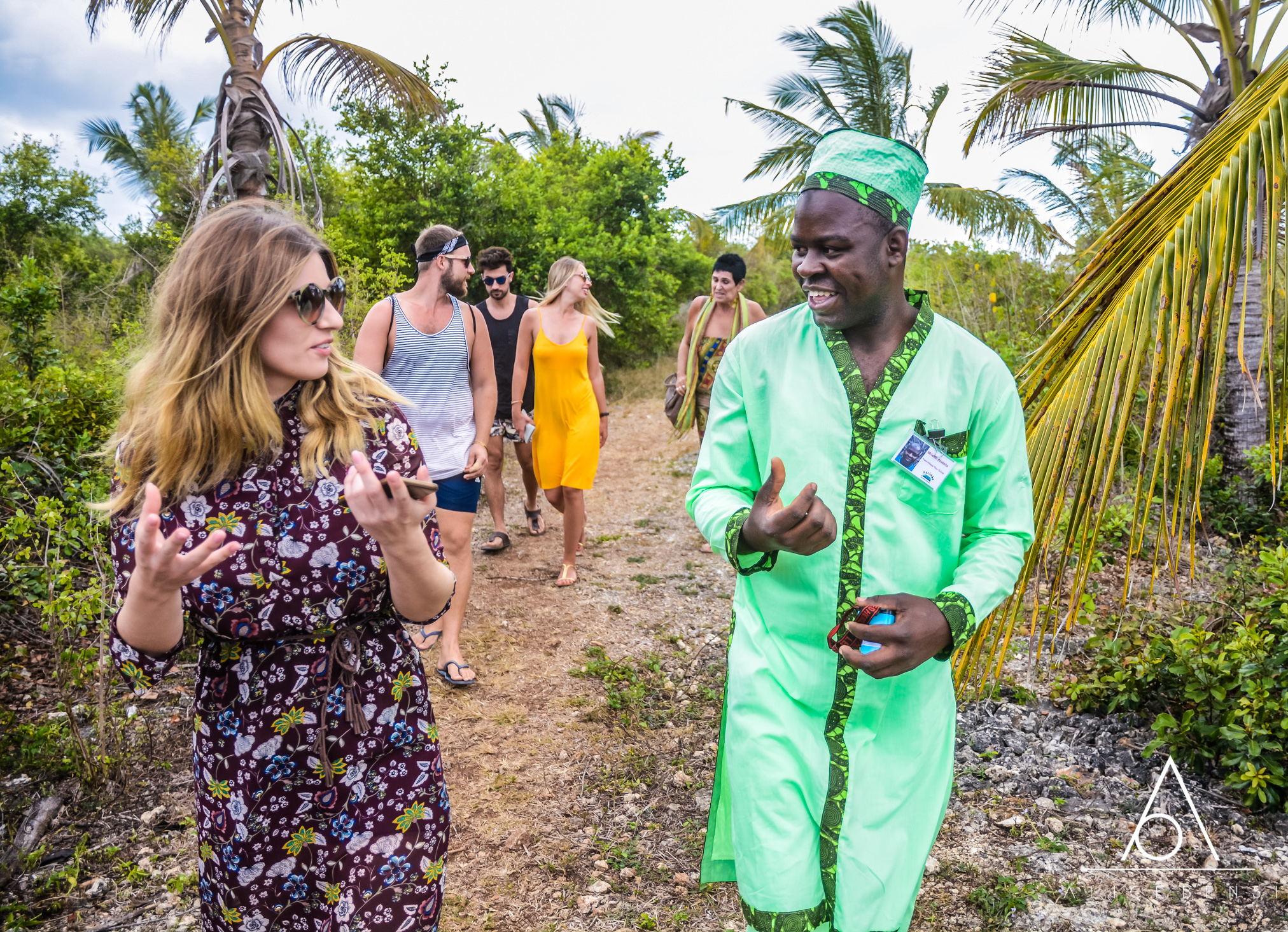







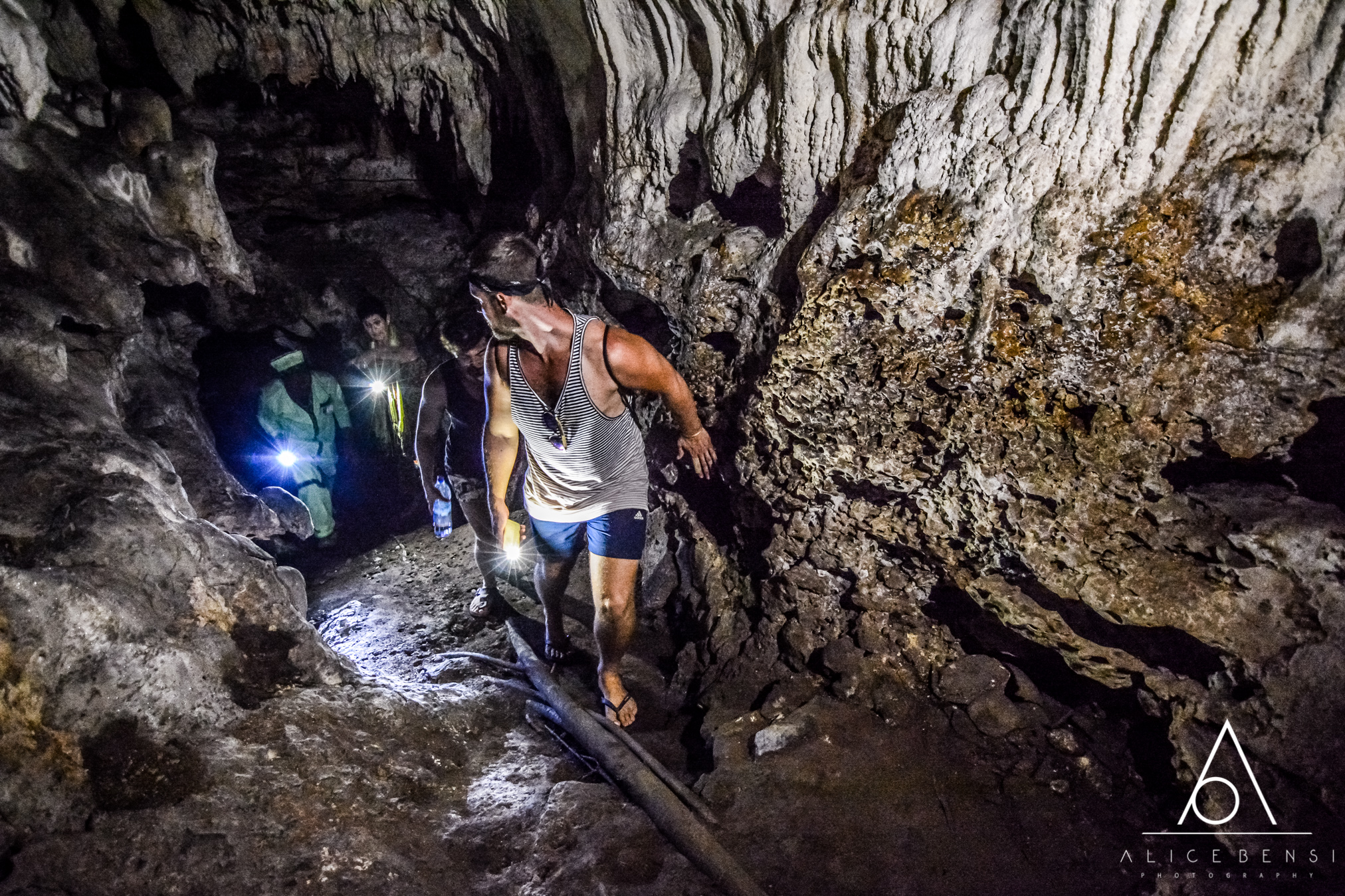


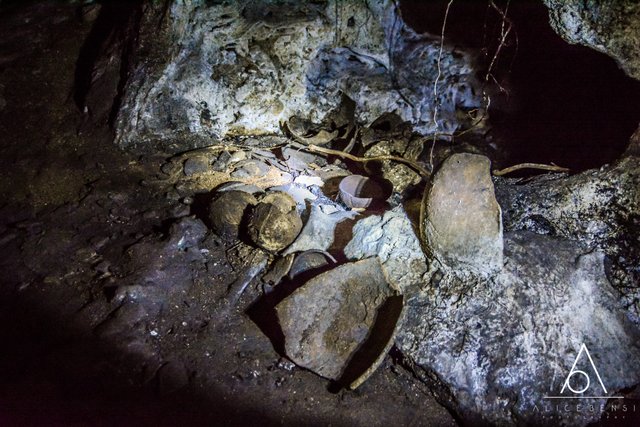
After the cave we had a short fashion shooting, inspired by Victoria's yellow dress...
 Victoria for Vogue Zanzibar October 2017
Victoria for Vogue Zanzibar October 2017
...and we headed towards the next stop walking through the village.
The girls absolutely loved to have a glimpse of the local life, while the kids were blown away by their blond hair and fancy outfits!



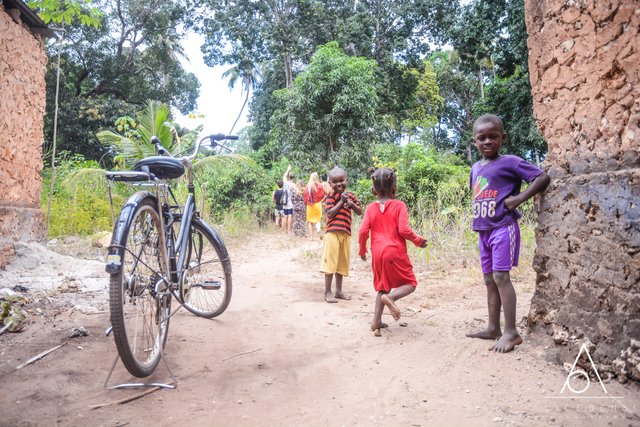


The village of Pete, culturally, forms an integral part of the larger Swahili culture.
However, Pete does offer one special "Ngoma", meaning a traditional rhythm and dance.
It is called the “Sagando”.
Ngoma is one of the major elements of most African cultures. It is difficult to translate the word “Ngoma”, because it means dance, rhythm, drums, music, and even medicine.
Almost every area throughout Africa has its own Ngoma or Ngomas.
The meaning of “Sagando” is: “That which attracts people so much that they cannot leave”... in fact, it took a while before we could stop spinning around like bacchants at a full moon party...


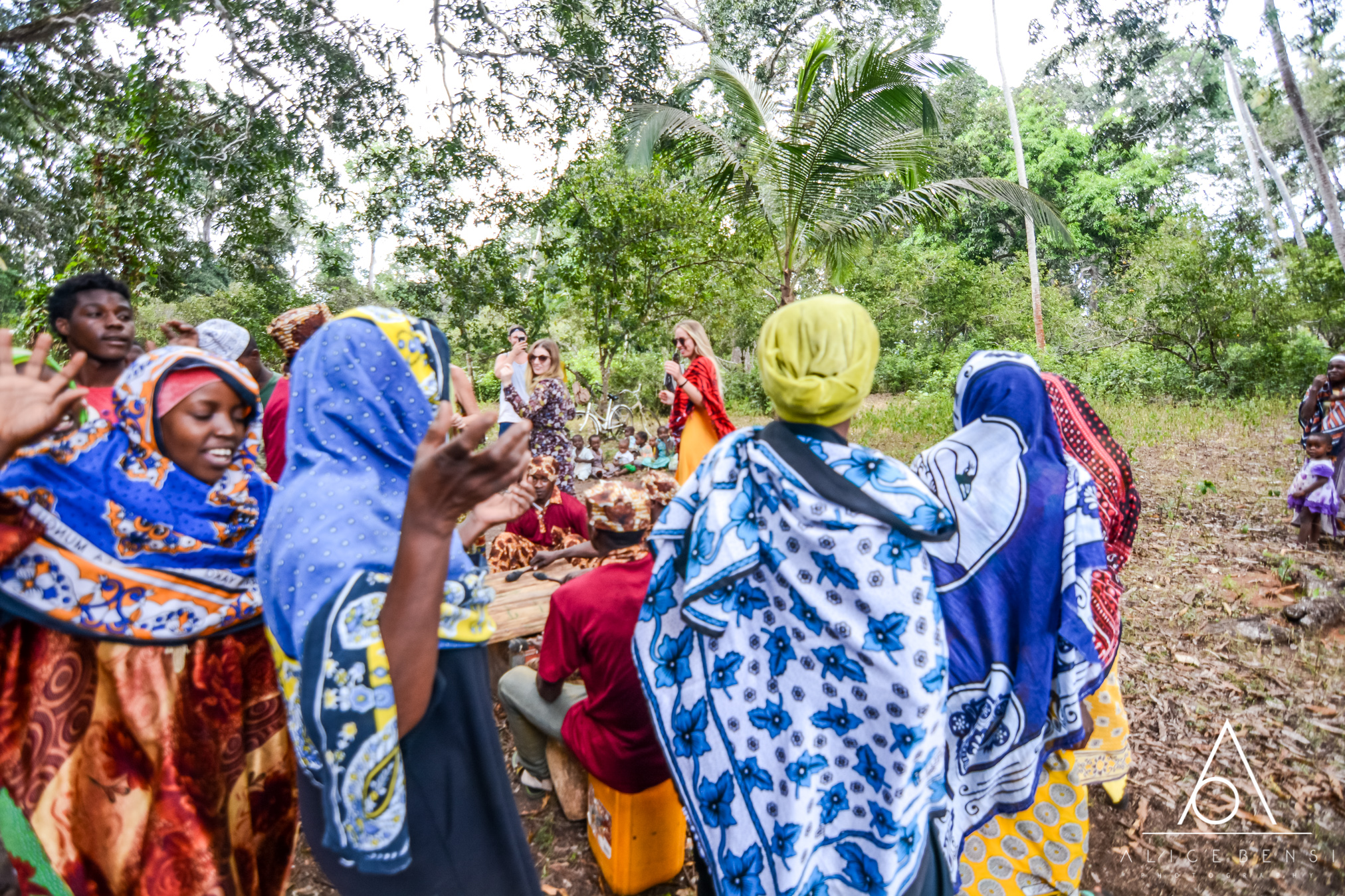
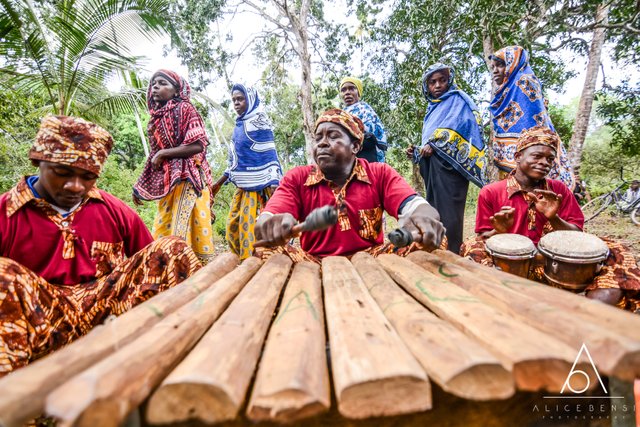




Some more local life and village backdrops entertained us during the transition between the Sagando experience and the next stop, for me, the highlight of this excursion...
It was time to go visit the hut of the herbal doctor. I thought it would have been some sort of natural and a bit primitive pharmacy.
I found myself covered in goosebumps into the magical space of a proper Swahili shaman - Mganga - a character I barely even heard about.





Local medicine is based on the belief that a healthy soul lives in a healthy body. Most types of alternative medicine, as they are called in the West, are based on this assumption. This means that soul and body have to be equally healthy.
In Swahili medicine, it is mainly the disturbance by different types of spirits that causes imbalances in the soul and in the body. These imbalances are mainly rectified with medicines prepared from different roots, leaves, barks, and flowers of medicinal plants.







The healer himself also has a very special relationship with the above mentioned spirits.
You don't become a healer by chance or even by choice. You become a healer because you are from a family of healers, selected specifically by the spirits. There's not such a thing like deciding you prefer to embrace a different career, either. The spirits will haunt you down until you surrender to your predesignated path.
In the process of healing a patient, the Mganga will often wear fabrics of different colors – either white or red or black, the colors of the spirits.
He will begin his healing by following strict rituals even when cutting the roots or leaves of a certain plant. This is so, because the plant has to be willing to lend its healing powers via the Mganga to the patient. A Mganga, therefore, may follow a certain diet during the day before going to the forest to cut the desired part of a certain plant, mostly wearing fabric of a certain color. During the preparation of the medicine, he may recite certain prayers or blessings, perhaps even light incense. The power of the medicine lies not only in the plant itself, but also in the way it is treated in order to reach its purpose.




We all left this place feeling a bit dizzy and thoughtful.
We wondered for last deep in village culture, where I got the chance of shooting another couple of portfolio pearls thanks to the stunning beauty of a girl from Pete...




And then there was a surprisingly comfortable ox cart ride to the "Well of Jealousy". The legend says that a very possessive man, afraid other villagers would fall in love with his wives, did not want anyone to see them. Since everyone used to fetch water from the well, he decided to build a wall across the well. His wives only would fetch water from the one side, whereas the other villagers would fetch theirs from the other side...


Happily tired vacationers were then taken to a well deserved, delicious Swahili lunch, cooked by lovely Faida.

Going on this rewarding tour will support the community of Pete. Do not miss this experience if you come to visit Zanzibar!
WONDERFUL photos and story! This was so entertaining, so informative, and so enjoyable! Splendid!
Downvoting a post can decrease pending rewards and make it less visible. Common reasons:
Submit
Congratulations @alicebensi! You received a personal award!
You can view your badges on your Steem Board and compare to others on the Steem Ranking
Vote for @Steemitboard as a witness to get one more award and increased upvotes!
Downvoting a post can decrease pending rewards and make it less visible. Common reasons:
Submit